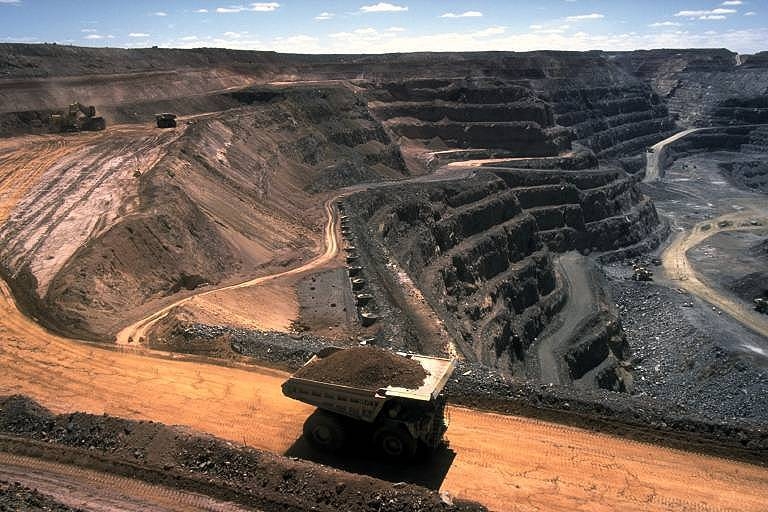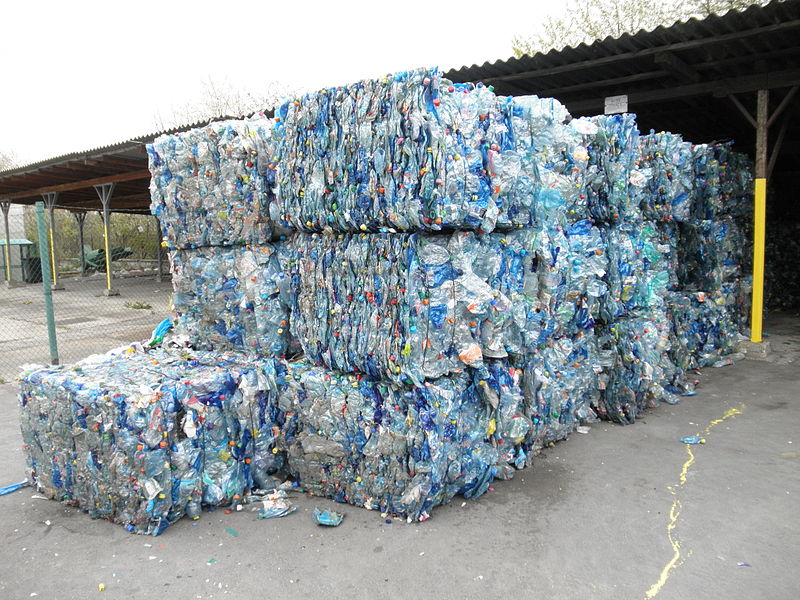Integrating Industrial Production Lines and Office Information Systems
A huge global economic expansion looks to be in the works and will trace its roots and foundation to recent advances in industrial automation, smart grids, advanced robotics, the Industrial Internet, nanotechnology, and the “Internet of Everything,” among others.
The central thread running through these advancing technologies, in a word: “integration.” A paper written by Michael J Goslak, P.E., explains how integrating automated production lines with office information systems offers the benefits of an uber integrated world. The following graphic illustrates the difference between a typical plant before and after integration.
As will be typical in the coming global expansion, loosely related parts of human organizations, their components, the people in them, the technology employed, and all of their processes will be brought into close integration. Using sensors of all kinds and data collection and analysis, industrial processes will become more efficient and profitable.
A list of these improvements includes:
- Labor cost reduction
- Reduced material use, such as less paper
- Higher quality control and standardization
- Improved record-keeping
- Decreased maintenance costs
- Easier troubleshooting of production line problems and reduced downtime
Technologies Upon Which the Revolution Will be Built
- PLCs – Programmable Logic Controllers, or processors, used to control machine sequences and operations
- HMI – Human Machine Interface – computer-based graphical user interfaces that allow operators to see, understand, monitor, control, and troubleshoot processes
- SCADA – Supervisory Control and Data Acquisition – this is software that interfaces between PLCs, HMIs, and databases and provides a high-level view of processes and data.
- Ethernet – industry standard protocol for sharing media, connections, and transmitting data at specified speeds
- LAN – Local Area Network – a network of computers, media, and hardware where information is shared
- WAN – Wide Area Network – the connection of two or more LANs through telephony technology
- HUB, Switch, Router – connects multiple computers, passing network information from one to the other
- Firewall – limits access to protect data
- Database – collects and stores data
- Web Server – provides access to information through web browsers
According to Goslak, the technology needed to fully integrate a plant already exists and companies are successfully “taking the plunge” with positive results.
Related articles on IndustryTap:
- Supercomputer Simulations Linchpin Of Third Industrial Revolution
- Industrial Robot Katana Fight (Video)
- Rockwell Automation, World’s Largest Company Dedicated To Industrial Automation & Controls, Is On A Mission
References and related content:






